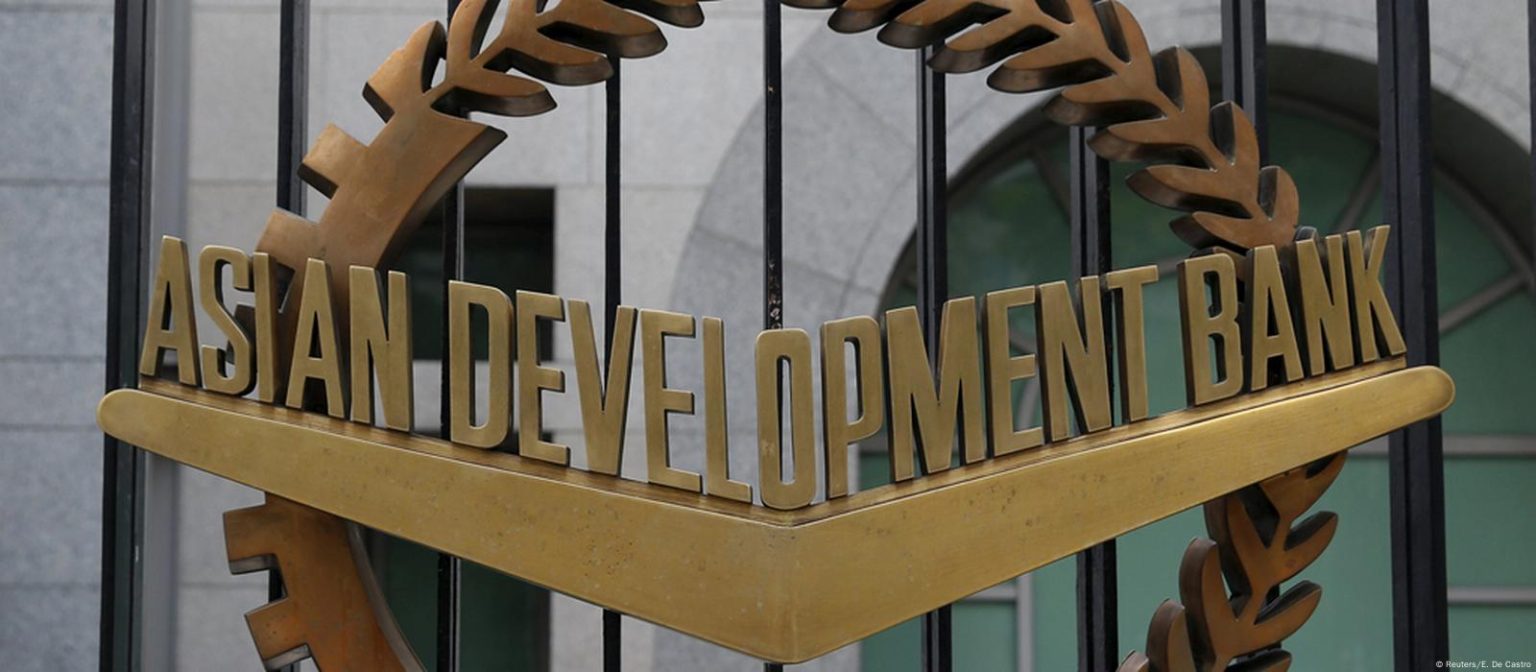Bangladesh’s economy is projected to grow by just 3.9% in the fiscal year 2024–25, down from the Asian Development Bank’s (ADB) earlier estimate of 5.1% in September 2024 and a steep fall from 6.6% forecasted in April 2024.
The sharp downgrade, outlined in ADB’s Asian Development Outlook April 2025, reflects a struggling economy weighed down by high inflation, currency depreciation, and policy inefficiencies.
Inflation is expected to worsen, reaching 10.2% in FY25, up from 9.7% the previous year, due to supply chain disruptions and rising import costs.
The ADB highlighted structural issues such as market inefficiencies, weak competition, and regulatory shortcomings as contributing factors.
Despite this grim outlook, the ADB sees a modest recovery ahead. GDP growth is forecast to rebound to 5.1% in FY26 as inflation eases to 8%.
This turnaround will be driven by rising domestic demand, improved remittance inflows, and a revival in exports—particularly to the European Union—as well as the easing of import restrictions by the central bank.
On the supply side, higher output in industry and services is expected as investor confidence builds ahead of national elections scheduled between December 2025 and June 2026.
The interim government’s reform initiatives are also projected to enhance the business environment, stimulate investment, and improve service sector performance.
However, risks remain. Election-related spending could worsen inflation and the fiscal deficit, while persistent monetary tightening or falling remittance inflows may dampen growth.
Additionally, geopolitical uncertainty and adverse weather could further disrupt recovery.
While Bangladesh navigates through economic turbulence, the ADB emphasizes the importance of ongoing reforms and policy consistency to ensure sustainable recovery beyond FY26.


